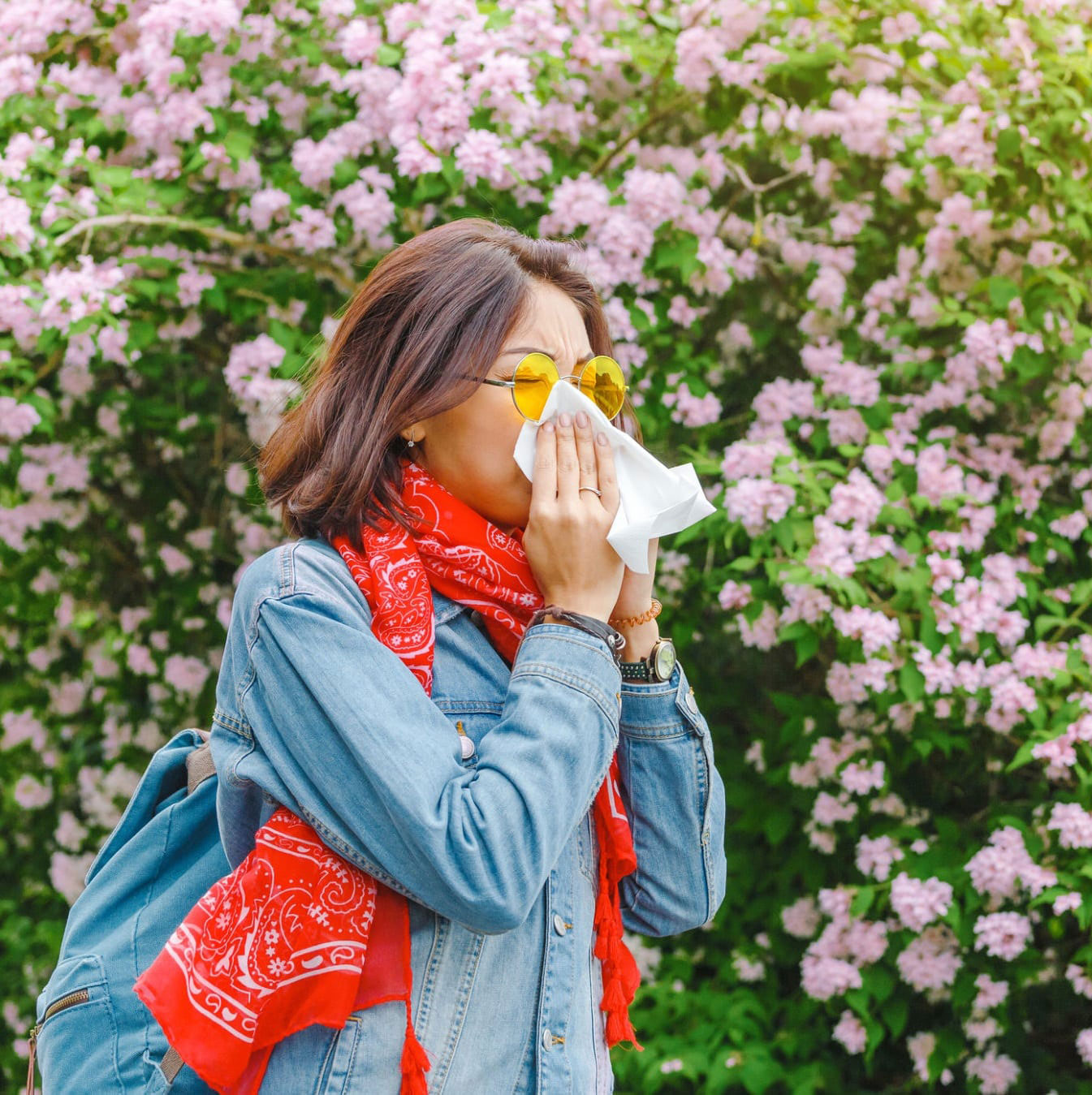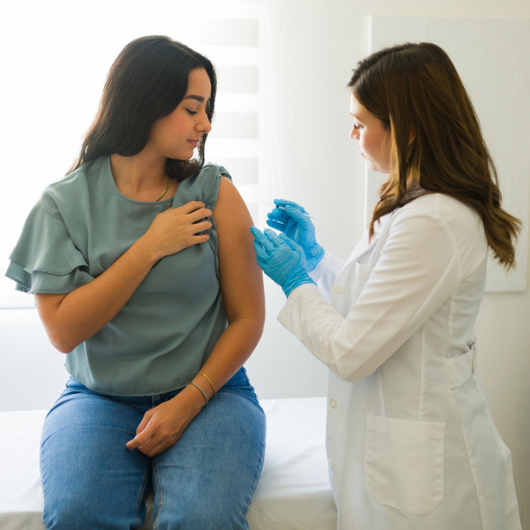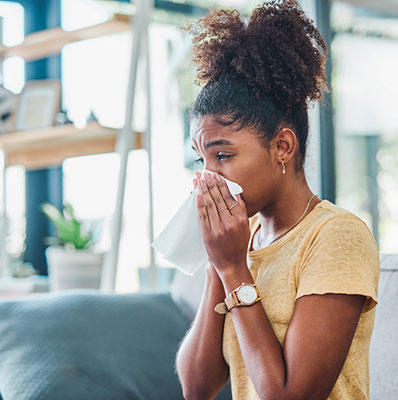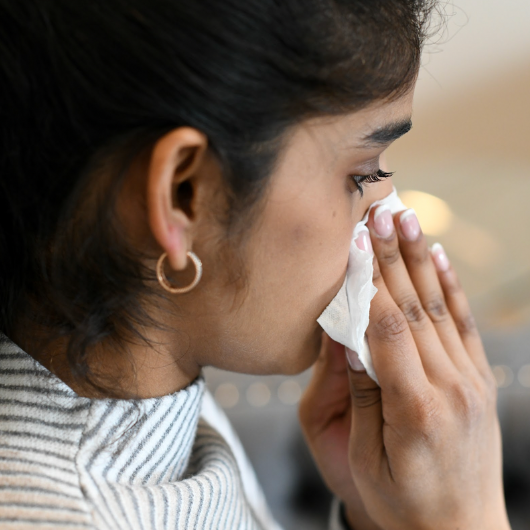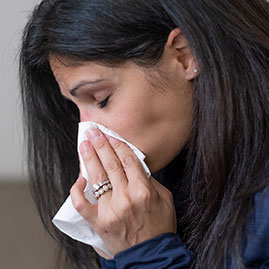Navigating Fall Allergies
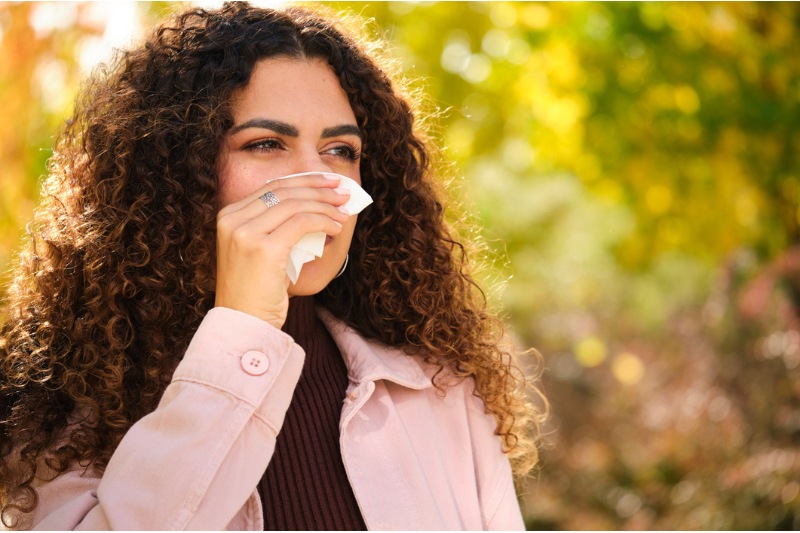
October 15, 2025
As summer transitions to fall, many people look forward to cooler weather, vibrant foliage, and seasonal festivities. Yet for millions, autumn also ushers in a familiar and frustrating problem – fall allergies.
As Swapnil Patel, M.D. explains, spring pollen often gets the spotlight, but fall allergens – such as ragweed, mold spores and dust mites – can trigger weeks of congestion, sneezing and fatigue. Understanding the root causes, preventive strategies and treatment options can help you stay comfortable and healthy throughout the season.
Why Fall Allergies Flare Up
Fall allergies are primarily driven by ragweed pollen and mold spores.Ragweed releases pollen from late August through November. Just one plant can produce up to a billion pollen grains, which can travel hundreds of miles through the air. Even if ragweed isn’t visible nearby, its microscopic pollen can still find its way into your nose and lungs.
Mold is another major culprit. As leaves pile up and decompose, mold spores multiply and become airborne, especially in damp conditions. Indoors, dust mites can also worsen symptoms as people spend more time inside with windows closed and heaters running.
Common symptoms of fall allergies include:
- Fatigue or decreased concentration
- Itchy or watery eyes
- Postnasal drip and sore throat
- Sneezing, nasal congestion, or runny nose
Dr. Patel cautions that for people with asthma, these allergens can worsen breathing difficulties or increase the risk of flare-ups.
4 Ways to Prevent Fall Allergies
The American Academy of Allergy, Asthma & Immunology recommends a proactive approach to managing fall allergies. Dr. Patel offers these tips to help with allergy symptoms:
1. Spend Less Time Outside During High Pollen Counts
Check daily pollen forecasts on trusted sites such as pollen.com or through local weather reports. If counts are high, try to stay indoors when pollen levels peak. After spending time outside, shower and change clothes to remove pollen from skin and hair.
2. Keep Indoor Air Clean
Here are a few ways you can improve the quality of the air when you’re inside:
- Keep windows closed during peak pollen season.
- Maintain lower humidity levels to discourage mold growth.
- Replace HVAC filters every 1–2 months.
- Use HEPA filters in central air systems or portable air purifiers.
3. Manage Leaf Cleanup Wisely
Raking leaves can stir up mold spores. If you must rake, Dr. Patel suggests wearing a N95 mask and avoiding windy days. Dispose of damp leaves promptly instead of leaving them piled near the home.
4. Wash Bedding Weekly
Use hot water (≥130°F) to kill dust mites. Consider allergy-proof covers for pillows and mattresses to reduce indoor triggers.
Quick Tips for Treating Fall Allergies
Dr. Patel says that when you can’t avoid fall allergies, targeted therapy can make a big difference. Any of these options might help:
- Antihistamines (cetirizine, loratadine or fexofenadine) help relieve itching, sneezing and runny nose. Non-sedating options are preferred for daytime use.
- Nasal corticosteroid sprays (fluticasone, mometasone or budesonide) are the most effective treatment for nasal congestion and inflammation.
- Saline nasal rinses can clear pollen and mucus from nasal passages, providing natural relief.
- Leukotriene receptor antagonists (like montelukast) may be helpful for those with concurrent asthma or persistent symptoms.
- Immunotherapy (allergy shots) can provide long-term benefits for patients with moderate-to-severe or year-round allergies. They work by desensitizing the immune system to specific allergens. Talk to your allergy specialist to see if this is an option for you.
When to See a Doctor for Fall Allergies
If allergy symptoms interfere with daily activities, don’t go away despite over-the-counter treatment or trigger wheezing and shortness of breath, Dr. Patels says that you should see a doctor. Asthma-like symptoms during allergy season should never be ignored, as early treatment can prevent more serious respiratory complications.
Impact of Overall Health
Allergies don’t just affect the sinuses – they impact quality of life, sleep, productivity and even mood, Dr. Patel warns. Fatigue and poor rest are common but often overlooked symptoms. Managing your allergies can improve your respiratory comfort and your physical and mental well-being. Allergies can also worsen conditions such as asthma and eczema.
Looking Ahead
Fall allergies may be unavoidable, but their impact doesn’t have to be. As Dr. Patel shares, by understanding your triggers, using preventive strategies and applying evidence-based treatments, you can enjoy the crisp air and autumn scenery without the constant sniffles. Physicians emphasize that proactive management – rather than reactive treatment – remains the key to staying healthy and comfortable all season long.
Next Steps and Resources:
- Meet our clinical contributor: Swapnil Patel, M.D.
- To make an appointment with a doctor near you, call 800-822-8905 or visit our website.
The material provided through HealthU is intended to be used as general information only and should not replace the advice of your physician. Always consult your physician for individual care.


